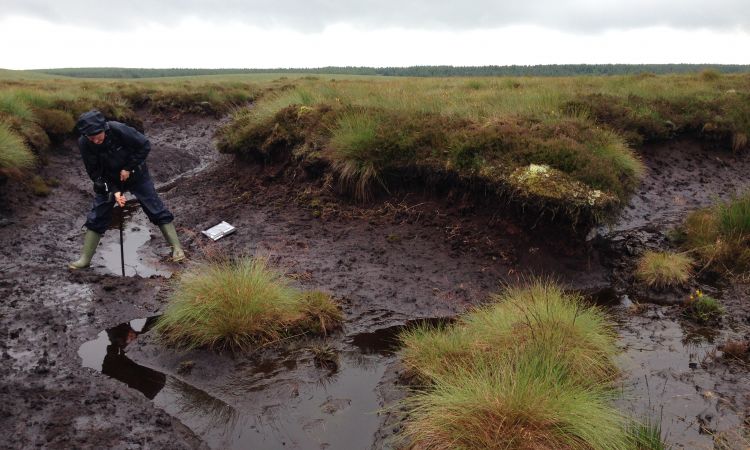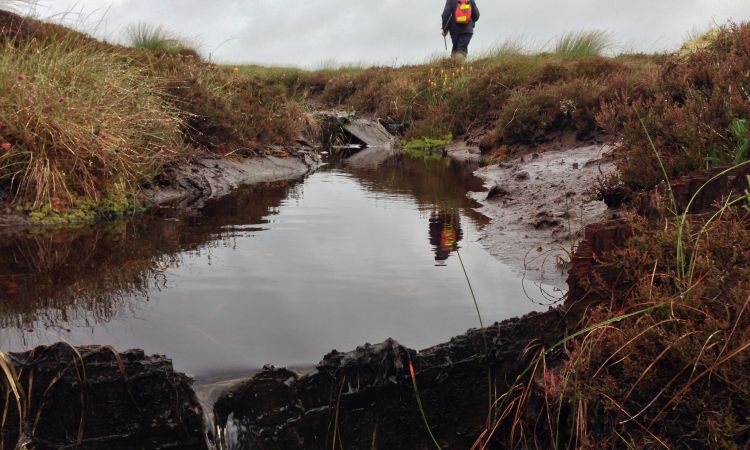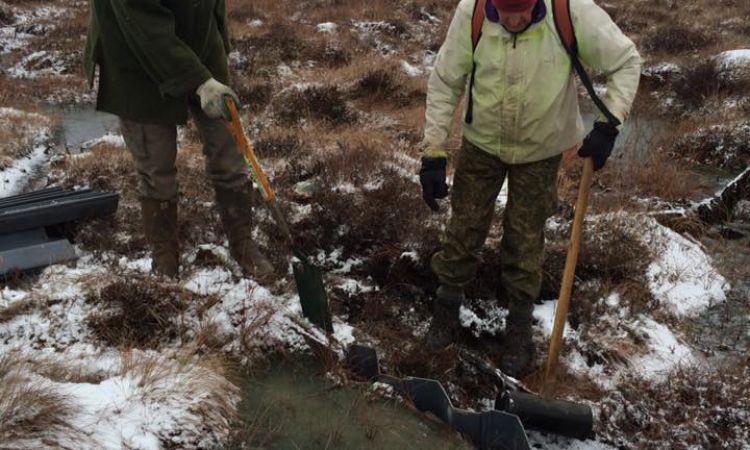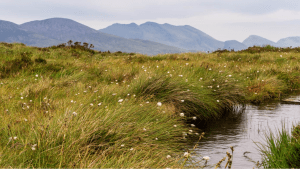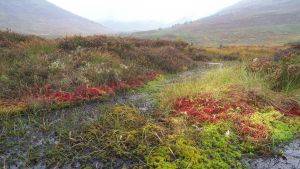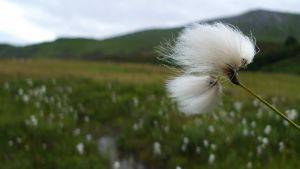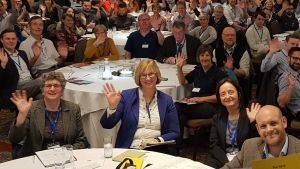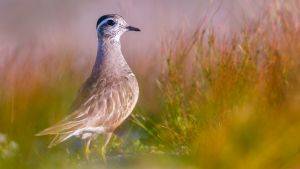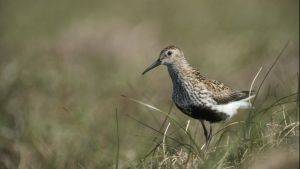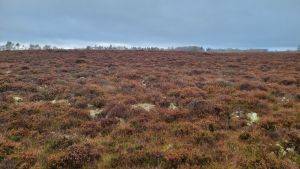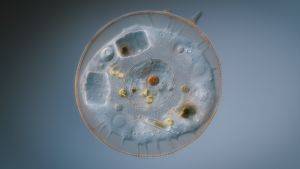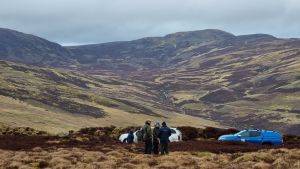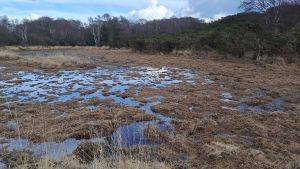Lampert Mosses
Introduction
About 20 years ago marine ply was used to block some "protogullies" on parts of the Lampert Farm. These were starting to delaminate, so our first priority is to revet these with plastic piling. We hope in the future to carry out reprofiling and other peat restoration works. Meanwhile students are carrying out important research into how molinia management affects the way the sheep prefer different parts of the site.
Description
The site is one of many that form a chain of SSSIs in this area. It is peaty almost all over and yet is also an upland farm, surrounded by plantation forestry. It is on the point where water has to decide if it will go to the Tyne and the N Sea or to the Irthing and the Irish Sea. There is considerable invertebrate interest on the site as well as the benefits of peat restoration / preventing erosion.
Restoration Delivered
Revetment of most of the old plywood dams with plastic piling.
Project Name: Lampert Mosses
Organisation / Lead partner: Northumberland National Park Authority
Location: Gilsland, Cumbria / Northumberland border
Approximate area covered: 1034 ha
Conservation Status: Site of Special Scientific Interest (SSSI), Special Area of Conservation (SAC), National Park (NP)
Predominately: Upland
Peat Habitats: Blanket bog, Upland heath, Fen
Project Type: Restoration, Management, Research
Year Project Began: 1999

